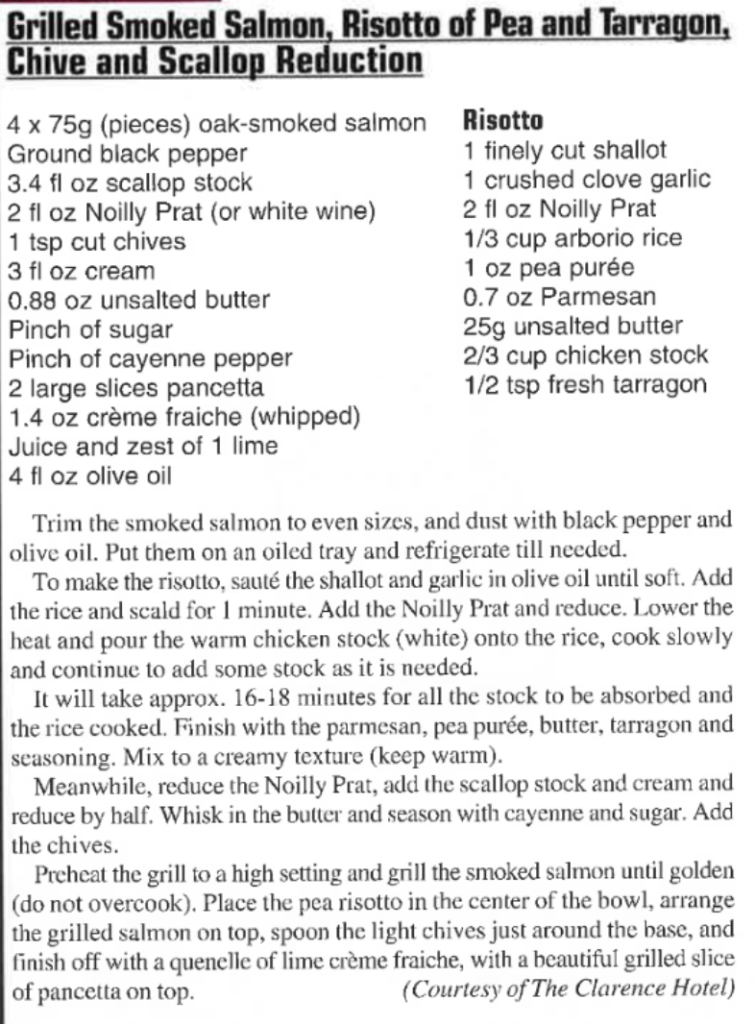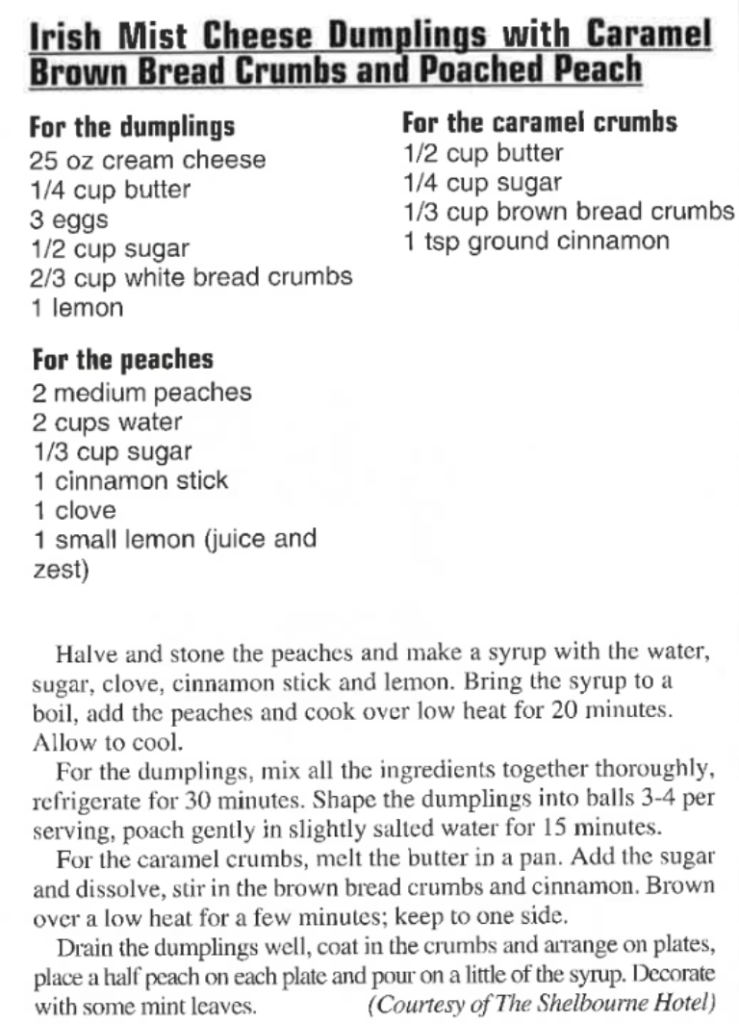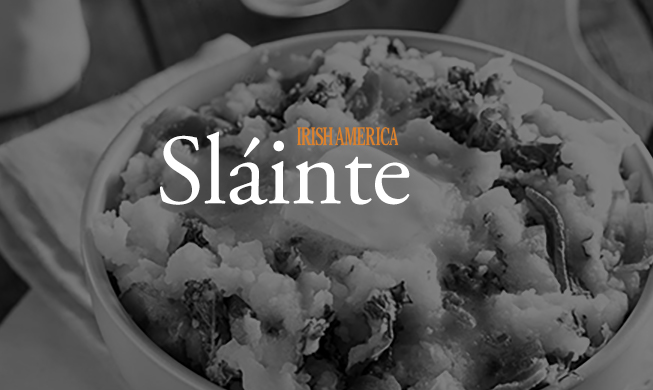Tiger, tiger, burning bright…” William Blake’s line springs to mind whenever I think of Ireland these days. Like some wondrous illustration magically bounding from a page in the Book of Kells, the tiny nation in the northern sea has suddenly leaped into action as a vital player in the European market. On both sides of the wide Atlantic, headlines blare the news: The Celtic Tiger roars!
Only five years ago, Ireland was still thought of as Europe’s poor sister. A land of history and myth, with eyes more to the past than the future. A nation abandoned through the centuries by sons and daughters who fled famine and poverty for better lives on foreign shores. A nice place to visit, but tough to live there. That time is gone. A new vitality surges through Ireland and proof lies everywhere.
Around the globe, Irish dance mesmerizes theater and television audiences, Irish music fills the air, and despite the global power of the American film juggernaut, Irish cinema consistently garners top awards from the insular Hollywood fill community.
Dramatic changes are evident at home as well. A bevy of multinational companies have chosen Ireland for their European headquarters. The economy is booming. High-dollar autos cruise city streets and country lanes. Property values are soaring. A forest of building cranes rises over Dublin.
In the land where most of its population once survived on a meager diet of potatoes and gruel, restaurants feature cuisine worthy of the culinary world’s most coveted accolade – the Michelin star. And in the land where offering hospitality to visitors has been a proud tradition since the days when providing food and shelter was a mandate of the Brehon Laws, five-star hotels are popping up around Dublin like mushrooms after a heavy rain.
Once the only truly deluxe establishment in town was The Shelbourne. The grande dame of Irish hospitality she was, is, and probably always shall be. When the hotel opened in 1824, there were dozens upon dozens of other properties vying for business. But none were located on fashionable St. Stephen’s Green, even then considered one of the finest city parks in all of Europe, and none were so magnificent.
Immediately, The Shelbourne became the center of Dublin society. Thackeray, Wilde and Joyce have written about it. Michael Collins presided over the writing of the Constitution for the new Irish Free State in a room overlooking the Green. Since day one, the guest register has read like an international who’s who of government, science and the arts.
Things haven’t changed much in 175 years. The Shelbourne is still a buzzing hub of the society scene. You’ll still rub shoulders with the racing set around the Horseshoe Bar. The rooms are still filled with real Irish antiques. The crystal chandeliers still sparkle. The rich and famous still pass through its doors. The service is still top of the line. Just about the only thing that has changed is that now the Great Lady has competition worthy of her.
First to surf the rising tide of prosperity was The Clarence. Built in 1852, the hotel began life as a safe haven for country clerics visiting the city. One hundred and thirty years later, it had become run-down and the favorite haunt of a rather different crowd: the New Bohemians – Ireland’s brightest and brashest artists, authors, designers and musicians.
One night a struggling rock group sat at the Octagon Bar celebrating the completion of their first recording session and swore that when they made it to the top they’d buy the place. They called themselves U2. A few million records later, singer Bono and guitarist The Edge made good their vow.
Under grime deposited by decades of neglect, The Clarence design team discovered an intact architectural treasure from the Arts and Crafts period. A lovingly restored Clarence reopened in 1996 and once again, light cascading through clerestory windows casts a meditative glow on softly gleaming woodwork.
In contrast to its rebellious rock-and-roll roots, the theme is calm simplicity. Every room is uniquely appointed with handcrafted oak and stone furnishings that evoke both modern and Shaker design, and, with a nod to the hotel’s origins, the accent color scheme throughout is a mix of ecclesiastical purple, old gold and cardinal red.
Even though the bi-level penthouse suite with grand piano, bar and terrace hot tub overlooking the Liffey and the rooftops of Dublin’s trendy Temple Bar district carries a rock star price tag, most room costs fail within the budget of a mere music lover.
A casual stroller might walk right by one of Dublin’s newest and grandest hotels, so impeccably does The Mention blend with the other stately Georgian structures fronting Ireland’s Government House. There is no imposing portico, just a discreet brass nameplate by the door, but the moment guests enter the foyer they are surrounded by a flawless mix of 18th-century grandeur and 21st-century technology.
Occupying four historic landmark houses built in 1760 (the first Duke of Wellington was born in No. 24), every public space was meticulously restored even finer than when new. Pausing for afternoon tea on one of the drawing room’s down-filled settees or sipping a late night whiskey before a turf fire in the oak-paneled library is like stepping into the pages of a historic novel.
At each turn, the eye is delighted. A collection of priceless Irish art adorns every wall. Without, formal gardens invite peaceful wandering. As if that were not enough, a plethora of physical delights can be found in the sybaritic Tethra Spa which is aptly named for Ireland’s mythical Promised Land where there is neither sickness nor death, happiness lasts forever, and to wish for something is to possess it.
But wishing is hardly necessary. With even tiny details such as authentic Irish bedroom linens and heated towel racks in the bath provided, all conceivable creature comforts have already been anticipated.
Though I have singled out just three of Dublin’s fine hotels, as businesses and visitors answer the Celtic Tiger’s roar, more and more accommodation choices continue to appear. Each differs in style, but all are devoutly dedicated to a singular purpose: hospitality, one of Ireland’s most cherished traditions. Sláinte!
Recipes:



Editor’s Note: This article was originally published in the February / March 2000 issue of Irish America.


Leave a Reply